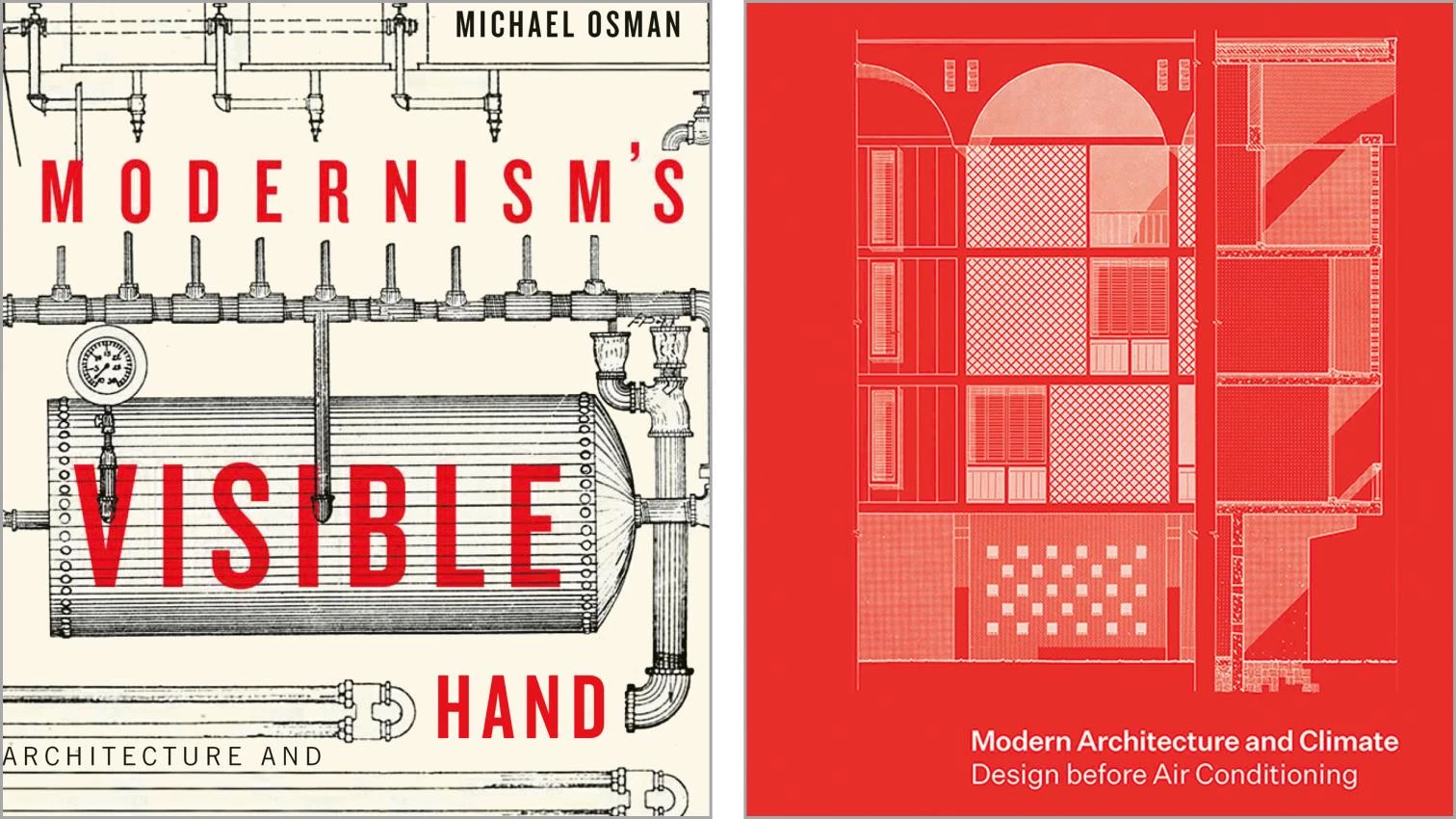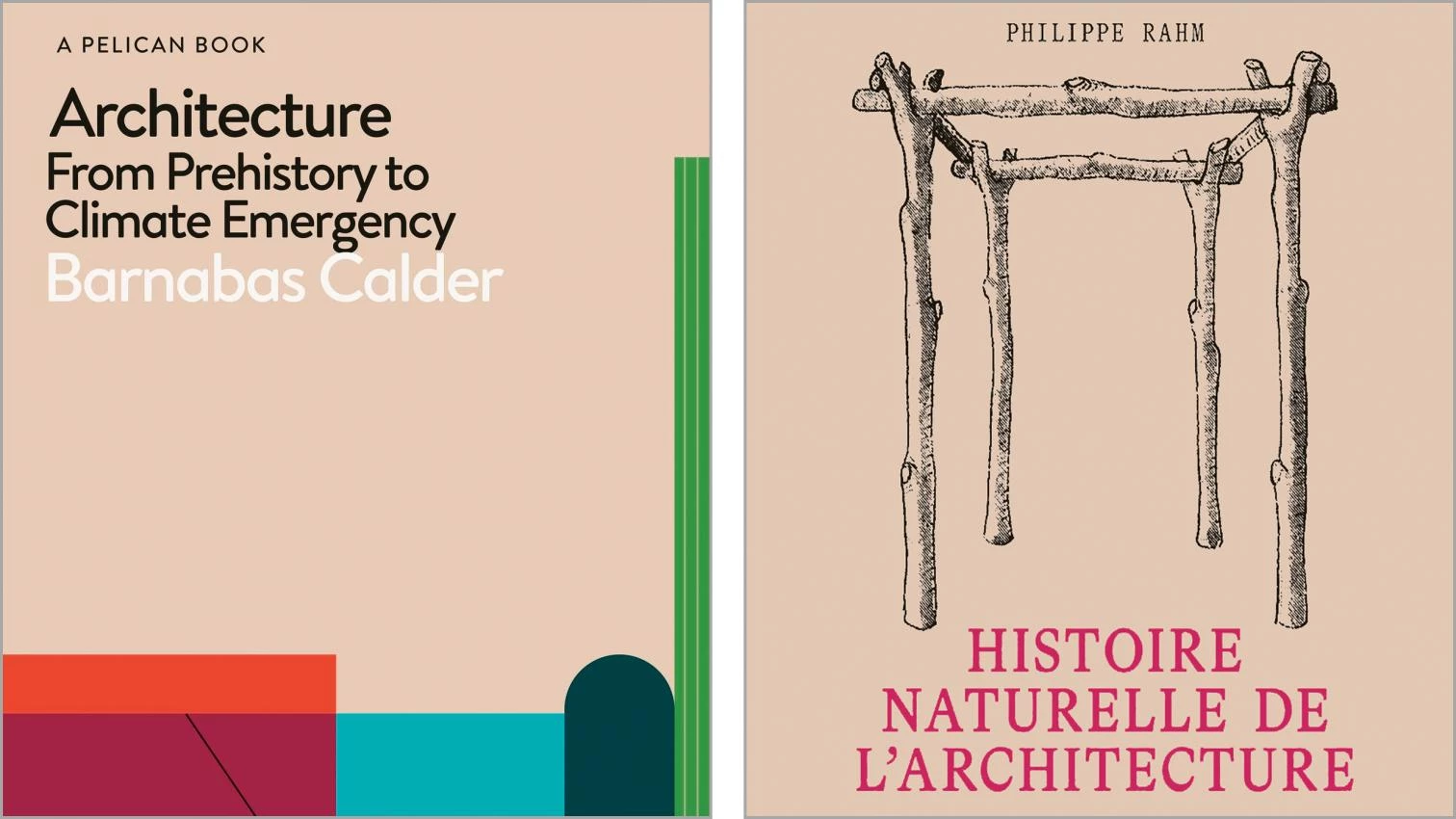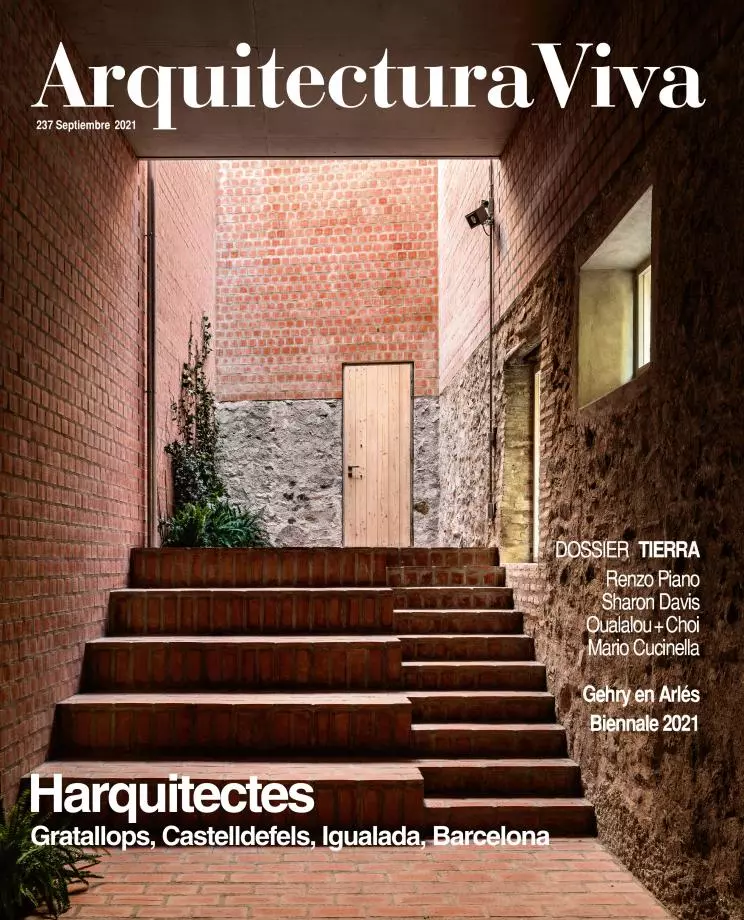
Facts keep contradicting those who still hold, with the obstinacy of those who know they’re wrong, that ecology, sustainability, and ‘green thinking’ at large are fads condemned to intellectual extinction. In times of climate woes, this Zeitgeist explains the ecological turn which, with the century’s crises, affects science, politics, economics, philosophy, ethics, and of course architecture, a hybrid discipline with undeniable environmental roots.
As far as architecture goes, it is true that the ecological turn is associated with sustainability and its technocratic, economics-based attitude aligned with environmental functionalism. But it is no less true that the concern for energy, resources, and our habitat has also led to views which, more than replacing ‘form follows function’ with ‘form follows climate,’ see architecture for what it is: a complex cultural reality requiring a complex approach.
Among the culturalist approaches, the least frequented but perhaps most fruitful have been the historiographical ones. In particular, those less interested in the conventional structure of the discipline (authors, styles, periods) than in its infrastructural side (energy, materials, environment), so which have built up narratives that in their own way give credibility to Victor Hugo’s proclamation that true history is in the sewers.
The family of ‘sewer’ historians features two of the American professors who are fueling the idea of an ‘environmental history,’ or better, an environmental revision of modern architecture. Michael Osman belongs to the current which, from Mumford to Banham, has explored the intricate relationship between machine and form, between the material and the symbolic production of architecture. And Daniel A. Barber, linked as much to the aforementioned as to other, more local pioneers like James Marston Fitch, tends to include the problem of environmental infrastructures in the broader framework of climate, in an undertaking that seeks not so much to revise the modern canon as to enrich it.
Osman’s book Modernism’s Visible Hand: Architecture and Regulation in America studies how mechanical installations modified architecture in the 20th century to create an environmental paradigm the author associates with ‘regulation.’ The choice of term is not innocent, as Osman’s purpose is to reveal the pragmatic, progressive, corrective, and controlled nature of interventions which, thanks to different agents (architects, engineers, bureaucrats) and different contexts (home, factory, office), contributed to the notion of a controlled environment ready for essential and productive activities. With this end in mind, the author traces a genealogy which, starting with the Victorian tradition of ‘warming & ventilating,’ presents episodes either already studied, such as the invention of the thermostat, or little known of, such as that of ice factories, or barely explored but important, such as that of mechanisms for producing habitats in the early ecological laboratories.

Centered on US examples Osman’s analysis is relevant but inexhaustive, and in this is similar to Barber’s Modern Architecture and Climate: Design before Air Conditioning, well written, lavishly edited, illustrated with archive material never published before, but limited because, contrary to what the title suggests, it is basically a study of 20th-century American architecture, built on three concepts of Banham roots (control, calculation, conditioning), and a lineup of usual suspects led by Neutra, the Olgyay twins, SOM, and Fuller. So although the book’s first part looks at the climatic metamorphosis of ‘International Style,’ Modern Architecture and Climate falls short in focus, and is a reminder of all still to be done in the field of the environmental history of our discipline.
As for the record of studies of the kind, it seems a meaningful coincidence that over the past year – and after the 2019 release of my Historia medioambiental de la arquitectura (see Arquitectura Viva 220) – two other histories presenting major environmental narratives have come out. Architecture: From Prehistory to Climate Emergency, by Barnabas Calder, can boast its synthesis and ecumenicism: synthesis because with an economy of means it examines architecture as a manifestation of changes in the paradigms of energy management, in the manner of a Mumford of limited registers; ecumenicism because it pays attention to civilizations like China, Persia, and Islam, though most of the chapters stick to the Anglo-Saxon West. Apart from this, the book is poorly illustrated, falls into slogans like ‘form follows fuel,’ and relies on the thick stroke of a technological determinism that turns the fascinating panorama of architecture’s relationship with energy, climate, ecology, hygiene, atmospheres, health, and comfort into a linear, predictable, puny history.
Better is Histoire naturelle de l’architecture, by Philippe Rahm, which sums up a dissertation and accompanied a 2020 Paris show. Forgoing exhaustivity and linearity, Rahm tackles architecture’s ties to climate, energy, and epidemics through an echo of the ‘Que sais-je’ series, using catchy questions: How did barns make cities? How did Enlightenment domes address our fear of stagnant air? Why is modern architecture white? When did oil birth the desert megalopolis?
Accompanied by an enviable graphic apparatus, each question triggers a response that closes in upon itself while connecting with others, resulting in a kaleidoscope that keeps our curiosity going. It expresses an activism in search of a “meteorological architecture,” so is commendable, even though Rahm reveals an ‘operative’ naivety, especially when he admits his purpose is to re-read the history of architecture around objective, material, real data,” as if the discipline’s symbolic and cultural dimension were but a thick cloud. This is precisely the danger of environmental approaches to the history of architecture: the risk of falling into a scientificist determinism that gains in precision at the cost of truth, silencing all that may not perfectly fit into one’s particular bed of Procrustes.









